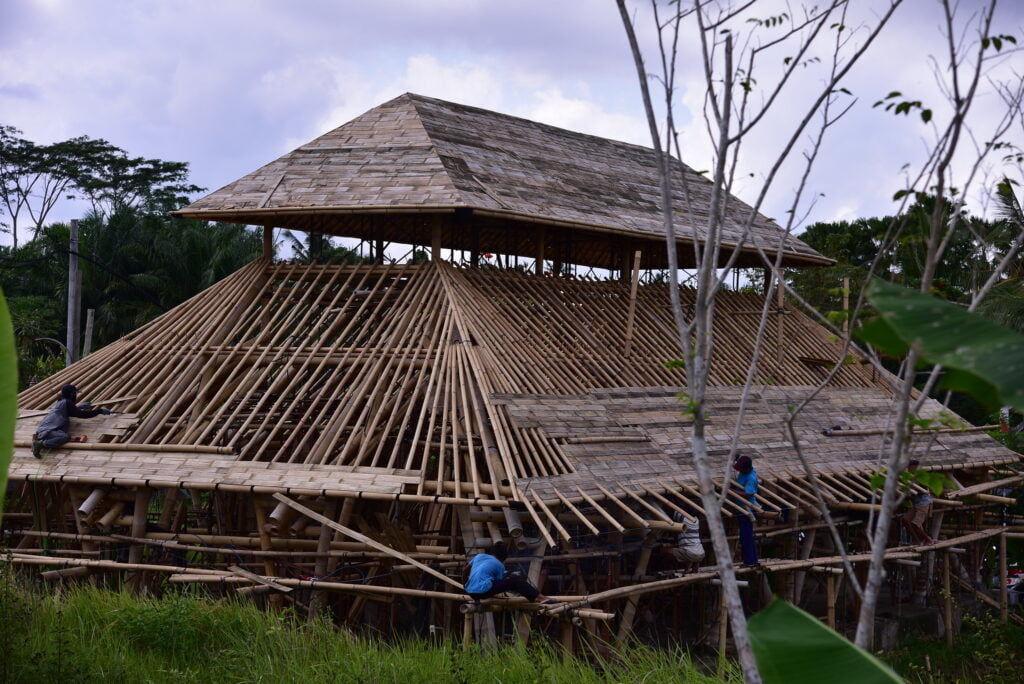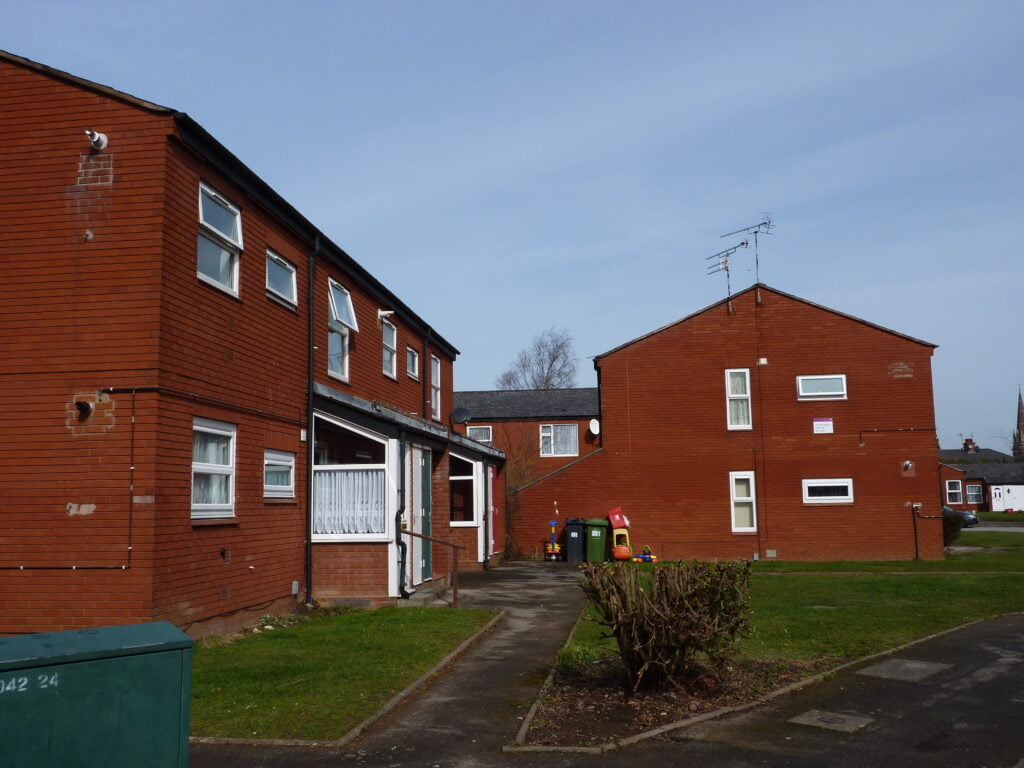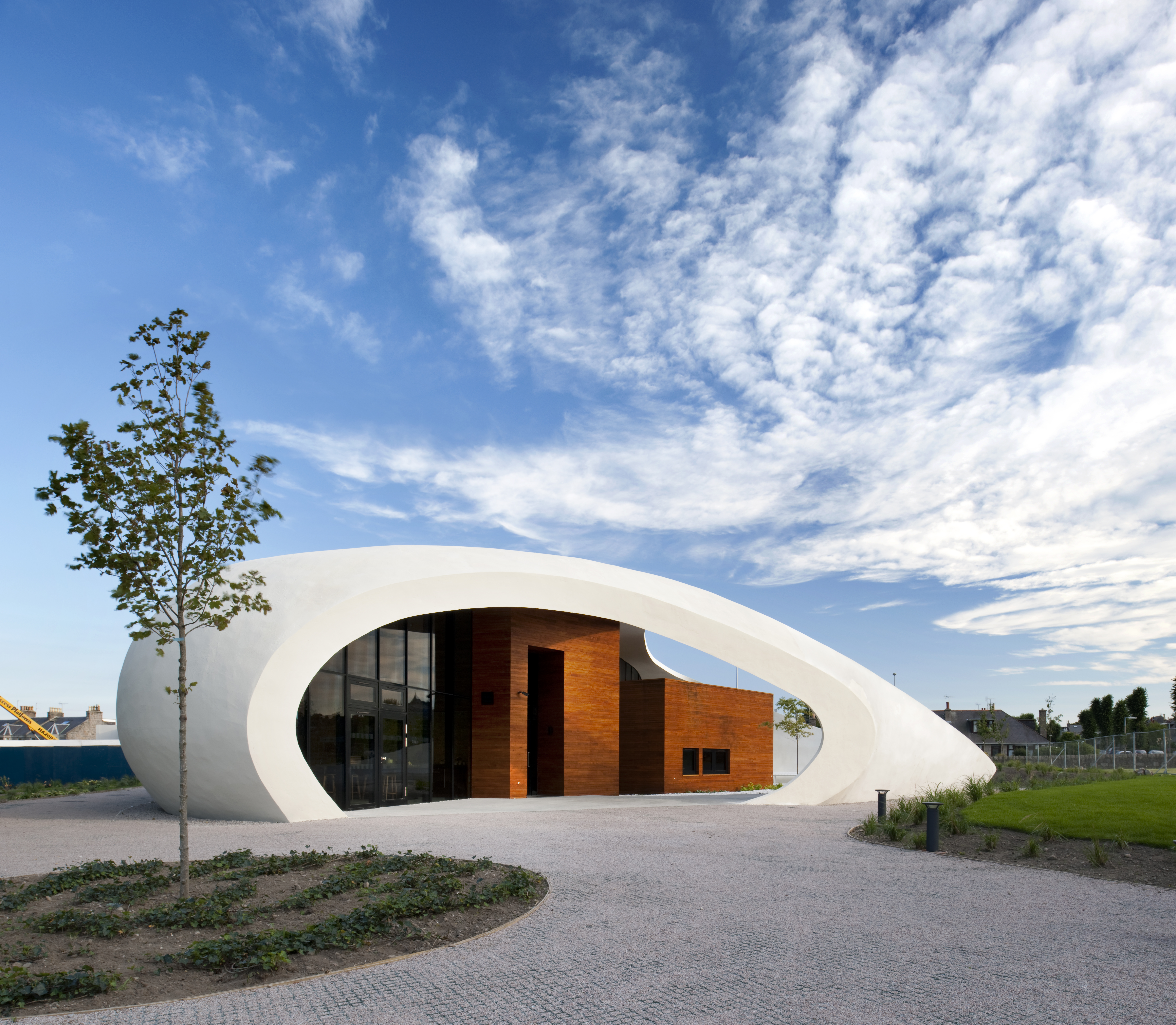We use cookies to improve your experience with Monash. For an optimal experience, we recommend you enable all cookies; alternatively, you can customise which cookies you’re happy for us to use. You may withdraw your consent at any time. To learn more, view our Website Terms and Conditions and Data Protection and Privacy Procedure.
Building mental health
Published on May 30, 2022Access to warm, dry, secure, long-term housing is key to mental health. 360info explores housing policy, residential green space and the meaning of 'home'.
 Building design can impact mental health. : Michael Joiner, 360info CC BY 4.0
Building design can impact mental health. : Michael Joiner, 360info CC BY 4.0
Access to warm, dry, secure, long-term housing is key to mental health. 360info explores housing policy, residential green space and the meaning of ‘home’.
Some estimates put the global homeless rate at 150 million people, but the real figure is difficult to measure — nations around the world define homelessness differently. Being ‘homeless’ is more than just sleeping on the streets. The concept of home has social, emotional and security dimensions that are intrinsic to its definition. A sheltered person can still be homeless.
A home, then, provides intangible support, including mental health benefits.
Mental health was added to the United Nations Sustainable Development Goals in 2015. The World Health Organization estimates that 450 million people suffer from mental health disorders, and this number is rising. Depression is one of the leading causes of disability. Suicide is the fourth leading cause of death among 15- to 29-year-olds. People with severe mental health conditions die prematurely due to preventable physical conditions.
Access to warm, dry, secure, long-term housing is key to mental health. Architecture, views of greenery, security, privacy and affordability all have been shown to have mental health benefits.
Good design can come from traditional knowledge and practices just as well as from ‘starchitects’ in global centres. The challenge for the world is implementing locally appropriate ideas in our already crowded urban spaces.
The flow-on benefits for society at large are more than just a few prize-winning grand designs. If a person is ‘homed’, they have a longer-term chance of mental and physical health.
REALITY CHECK
In developed economies, around 70 percent of people’s time is spent inside their home.
By 2050 there will be 280 billion square metres more buildings than today — primarily in Asia.
More than 450 million people suffer from a mental disorder, according to the World Health Organization. And this number is expected to increase.
By 2050 more than two-thirds of the world’s population is expected to live in a city.
BIG IDEAS
Quote attributable to David Jenkins, Otago University:
“When being ‘not homeless’ specifies only a minimally secure legal relationship between a person and a private space where she can sleep, bathe and eat, the social dimensions of that place are obscured. More specifically, the rights that a person may have to those social dimensions of ‘home’ go missing.”
Quote attributable to Eka Permanasari, Monash University Australia:
“A city is not sustainable unless its residents are resilient and healthy.”
Quote attributable to Yvonne Jewkes, Bath University:
“With incarceration rates on the rise globally, prison architects could look to pioneering healthcare centres for inspiration on how to do things differently.”
Editors Note: In the story “Building mental health” sent at: 25/05/2022 10:02.
This is a corrected repeat.














